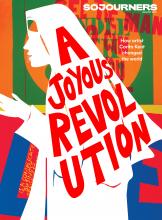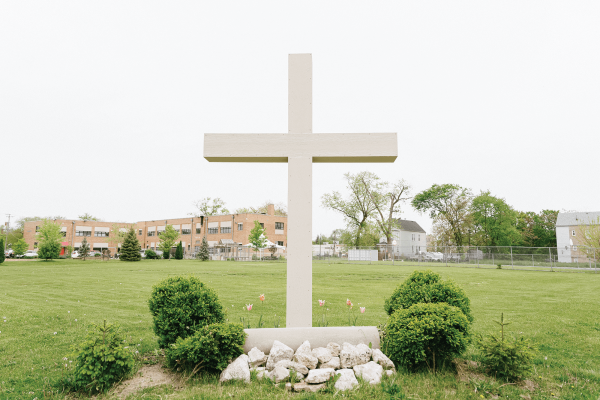ONCE A MONTH, 30 mothers and grandmothers gather at the Precious Blood Ministry of Reconciliation in Chicago. The women share a meal before coming together in a circle. Facing each other in their chairs, they begin to share stories of painful loss.
Sister Donna Liette, who coordinates the organization’s Family Forward Program, created this space 10 years ago for women who have lost children and grandchildren to gun violence or incarceration. Gun violence has been a devastating reality in the city for decades. In 2020 alone, the Cook County Medical Examiner reported 875 gun-related homicides. And while incarceration rates have declined in recent years, Illinois had approximately 38,000 incarcerated individuals in 2020, according to the Henry Frank Guggenheim Foundation.
Liette says she keeps in touch with around 80 women through the program, many of whom attend the monthly gathering. Judy Fields is one of them. Three of her grandchildren have been killed by gun violence in the Back of the Yards neighborhood.
“I first met Sister Donna four years ago, and we became instant friends,” Fields said. “I don’t have anybody to talk to, and she fills that void. She looks after me—she knows how to listen.”
Read the Full Article

